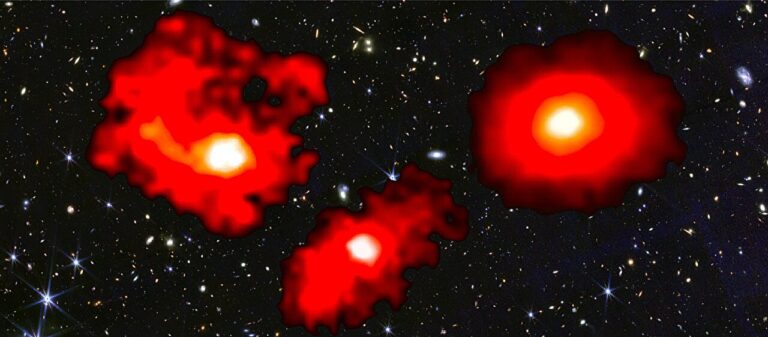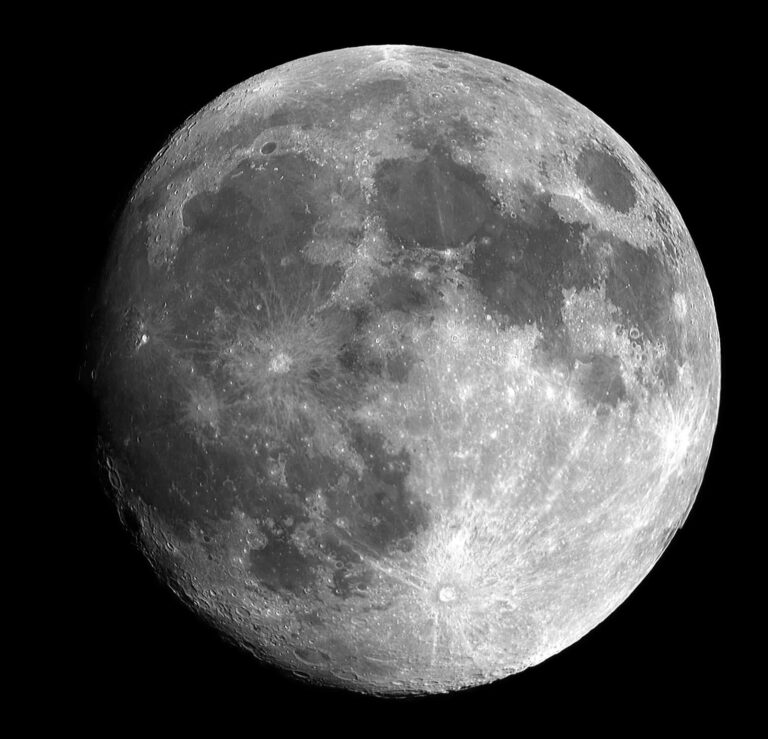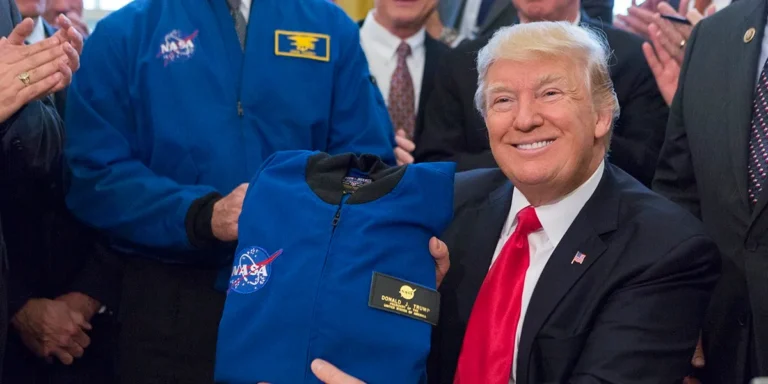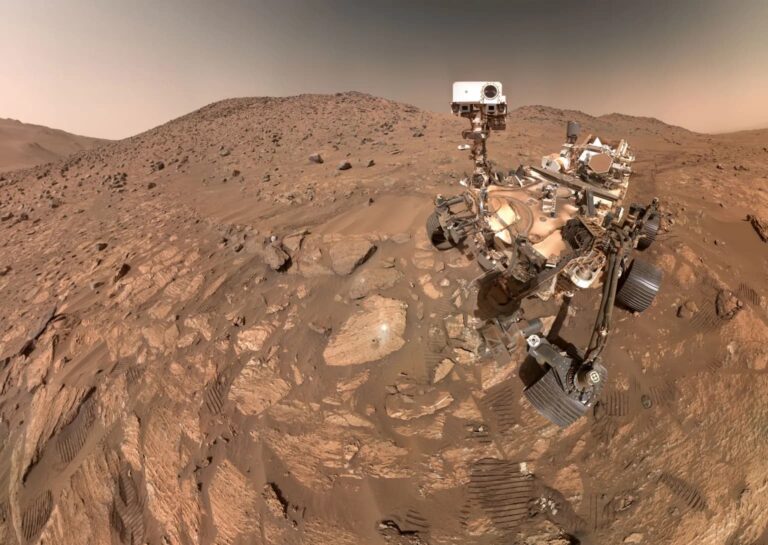Nitrile-Containing Molecules Discovered in the Taurus Molecular Cloud
Scientists at the forefront of astrochemistry have made a groundbreaking discovery in the Taurus Molecular Cloud (TMC-1), one of the closest stellar nurseries to Earth. The finding of two nitrile-containing molecules, malononitrile and maleonitrile, opens new avenues for understanding the origins of life in the universe.
The Discovery: Malononitrile and Maleonitrile in TMC-1
- Location: Taurus Molecular Cloud (TMC-1), situated in the constellations Taurus and Auriga.
- Methodology: Detection via data from the ongoing QUIJOTE line survey of TMC-1, utilizing the Yebes Telescope in Spain.
- Significance: Presence indicates complex chemical processes in space, potentially holding clues to the beginnings of life.
Insights from the Experts
“Dinitriles, like malononitrile, have been recognised as precursors in the prebiotic synthesis of purines and pyrimidines, which are at the heart of RNA and DNA,”
— Marcelino Agúndez Chico, Researcher at the Instituto de Física Fundamental (CSIC) in Madrid, Spain.
“The more we investigate, the more we realize that molecular clouds are able to synthesize prebiotic molecules. There seems to be no limit for the degree of chemical complexity that interstellar space is able to fabricate. Cold interstellar clouds are no longer considered inert places but very active chemical laboratories.”
— Marcelino Agúndez Chico
The Stability of Nitrile Groups
- Composition: Triple-bonded carbon and nitrogen atoms.
- Characteristic: Notably stable due to one of the strongest chemical bonds in nature.
- Implication: Nitriles are prevalent in space, indicating ease of formation and resilience to destruction.
Connecting the Dots to Earth’s Life Origins
To link these nitrile molecules to the chemistry that may have sparked life on Earth, Agúndez and his team sought out other molecules that could have served as starting materials. Their findings included:
- Comparative Abundance: Malononitrile and maleonitrile were found to be eight and three times less abundant, respectively, compared to similar molecules with a carbon-carbon triple bond instead of a nitrogen triple bond.
- Radical Species: A possible reactive species, more abundant in its carbon form, may lead to the production of both carbon-carbon triple bond molecules and the discovered nitriles.
The Challenge Ahead: Modeling Interstellar Chemistry
- Success: A proposed reaction pathway for maleonitrile’s production using chemical modeling.
- Challenge: The formation process of malononitrile in the cold interstellar cloud remains elusive.
- Industry Challenge: The rapid discovery of new molecules outpaces the development of explanatory chemical models.
“The enormous rate at which molecules are being discovered in space [over the last] three years or so cannot be digested by chemical models. Many of the molecules discovered are not even included in the reaction networks used in astrochemistry. In order to understand how they are formed, we need to investigate many new reactions.”
— Marcelino Agúndez Chico
Looking to the Future: Piecing Together the Puzzle of Life
- Ongoing Work: Development of a solution to the modeling challenge, forthcoming in a future study.
- Implication: The data collected contributes to a growing knowledge base that will aid in understanding the mystery of life in the universe, potentially leading to its discovery elsewhere.
“The data we have for other clouds is not as sensitive, but there is no reason to think that TMC-1 is special. It is very likely that the chemistry we are discovering in TMC-1 occurs also in many other molecular clouds across our galaxy.”
“The fact that we now know that they are abundant in interstellar clouds provides an additional piece to the puzzle of the prebiotic molecules that we certainly know are synthesized in interstellar space.”
— Marcelino Agúndez Chico






